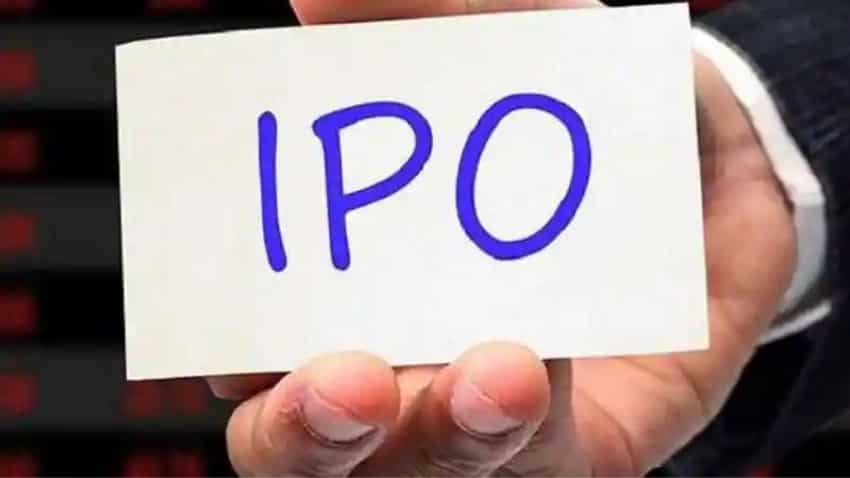Explained: How are shares allotted when an IPO is oversubscribed?
Starting from the IPO of Zomato last July, several firms such as Tatva Chintan Pharma Chem, Devyani International and more have made stellar debut on the bourses. Recently, Paras Defence and Space Technologies got an overwhelming response from the investors, especially retail section.

The Indian equity market has been experiencing an unprecedented IPO boom for a while driven by new-age technology start-ups. Starting from the IPO of Zomato last July, several firms such as Tatva Chintan Pharma Chem, Devyani International and more have made stellar debut on the bourses. Recently, Paras Defence and Space Technologies got an overwhelming response from the investors, especially retail section.
For instance, while Zomato got bids for 2,751.25 crore shares against 71.92 crore shares on offer, the Paras IPO was oversubscribed by a massive 304 times.
See Zee Business Live TV Streaming Below:
Since it is clear that oversubscription means the issuer is not in a position to allot shares according to the bids, a bidder/investor becomes curious to know the process of shares allocation when an IPO is oversubscribed.
Let’s understand it by analysing the following two scenarios. Before we begin, investors need to know that if an IPO is fully subscribed, then the investors are allotted the same number of shares that they had bid for.
Case 1: If there is a small oversubscription
Let us assume a firm named XYZ has floated an IPO by offering a total of 10 lakh shares with a minimum lot size of 100 shares. According to the norms of the Securities and Exchange Board of India (SEBI), the allotment to each retail individual bidder shall not be less than the minimum bid lot. So, the maximum number of investors who can get at least one lot in this IPO is 10,000 (10,00,000/100).
In the case of a small over subscription, say, a total of 8,000 investors have bid but 6,000 investors have bid for one lot and the remaining 2,000 investors have bid for three lots each. So, the total shares bid for are 12 lakhs against the available 10 lakh shares. In this scenario, the ABC will allot one lot (100 shares) to each of the 8,000 investors and the remaining 2 lakh shares are distributed proportionately to the investors who have bid for more than one lot.
Case 2: If there is a large oversubscription
Assume that in the above IPO, XYZ got bids for 2 crore shares from 80,000 investors for the same 10 lakh shares. In other words, the IPO has been oversubscribed by 20 times and the number of investors has also gone up by 10 times.
In this scenario, all investors cannot be allocated at least one lot each as stipulated by the SEBI. Hence, the allocation will be based on a computerised lottery draw. Since this is an impartial and randomised lottery system, some investors will manage to get one lot each, while many will not be allocated any shares.
Get Latest Business News, Stock Market Updates and Videos; Check your tax outgo through Income Tax Calculator and save money through our Personal Finance coverage. Check Business Breaking News Live on Zee Business Twitter and Facebook. Subscribe on YouTube.
RECOMMENDED STORIES
12:04 PM IST











 Nisus Finance Services IPO to open on December 4; eyes Rs 114 crore
Nisus Finance Services IPO to open on December 4; eyes Rs 114 crore IPO pipeline to remain strong; 10 companies aim to raise Rs 20,000 crore in December
IPO pipeline to remain strong; 10 companies aim to raise Rs 20,000 crore in December Afcons Infrastructure IPO subscribed 2.63 times on last day of share sale
Afcons Infrastructure IPO subscribed 2.63 times on last day of share sale PN Gadgil IPO subscribed 6.88 times on Day 2 of offer
PN Gadgil IPO subscribed 6.88 times on Day 2 of offer  Blackstone-owned International Gemmological Institute files for Rs 4,000-cr IPO
Blackstone-owned International Gemmological Institute files for Rs 4,000-cr IPO